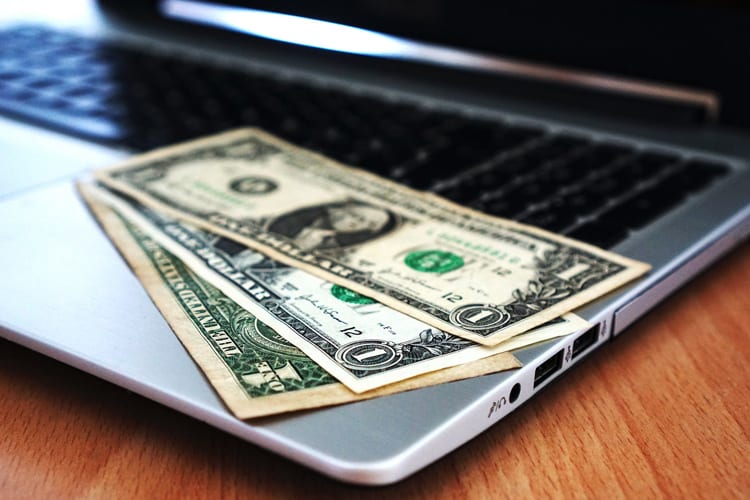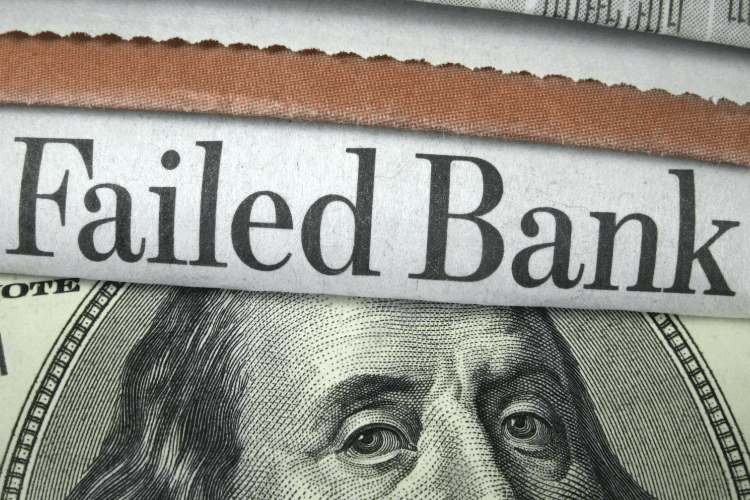How to Build Passive Income and Become Financially Independent

Why should your wealth be dictated by your job or your salary? Your 9-5 job isn’t the only way to make money. You can establish a pipeline of passive income. When you earn passive income, you get paid over and over (and over!) again for work you did once.
Imagine having lunch with a friend knowing that your passive income was earning money at the same time. Or imagine going to sleep knowing that your passive income would make you a few hundred dollars richer by daybreak.
It’s an exciting and empowering idea, but how can you make passive income a reality?
Rental Income and Airbnb
Rental properties are in very high demand, not just in vacation destinations, but right in your own city. Consider listing your home on Airbnb, the online marketplace where homeowners rent their properties or just spare rooms to guests. It’s a quick and simple way to make a profit on something you already have.
Some Airbnb hosts earn more than $10,000 per month, and half of all hosts make at least $500 a month. Even if you “only” make $500 per month as an Airbnb host, that’s still an extra $6,000 annually.
And if you find you like the landlord business, you can earn a steady passive income by expanding the number of rental properties in your portfolio. For example, owning 10 rental properties that each provide a net income of $420 per month—after calculating vacancies, maintenance, property management, tax, and insurance—can earn more than $50,000 a year.
Make YouTube Videos
YouTube has become an integral part of our society, so why not make some money from it? You can get paid to make videos about topics you love and get paid for the number of views your content receives. Though the average YouTuber only earns about $0.00394 per video view, that can add up quickly considering almost 5 billion videos are watched on YouTube every single day.
As an example, if you started a YouTube travel vlog and earned $0.00534 per view, you’d make more than $75,000 with 8 million video views. Indeed, there are many YouTube stars who receive big money for their videos—everything from parodies of presidents to makeup tutorials—so whatever talents you have can be turned into material for upload. When you add in the passive revenue available from affiliate links, advertisements, donations, merchandise, and sponsorships, there’s no cap to the passive income you can make on YouTube.
Build Investments for Passive Income
If you have some money to play with, investments may be ongoing passive revenue.
Start with dividend stocks. For every share of stock you own, you are paid a portion of the company’s earnings. This means you get paid just for the simple act of owning stock. Sounds pretty good, right?
Here’s an example. Say you own 1,000 shares of Company X. The company pays annual dividends of 20 cents per share. In one year, you will make a $200 profit just for owning your stock. $200 on its own isn’t a ton of money, but when you expand your portfolio and reinvest your dividends to buy more stocks, you can enjoy a considerable passive income with minimal time and energy.
Another option: U.S. Treasury bonds or bills, which are very safe, and pay you interest, called a “coupon”, annually or semi-annually.
Start a Blog
Just like YouTube, an engaging and relevant blog can generate an impressive amount of passive income. Identify a topic or theme that ignites your passions and had the potential to gain traction. As you expand your content with articles, how-to guides, stories, pictures, videos, and infographics, more web users will find your site and share it with others.
Here are just a few of the countless ideas out there to monetize your popular blog:
- Sell digital products
- Sell memberships
- Monetize with advertisements
Whichever path you take to passive income, there’s no doubt that you can acquire some to supplement your active earned income, and maybe even surpass it someday.
Read about micro-investing and how to get started with our complete guide: Micro-Investing: What It Is, Why It’s for You and How to Start.










